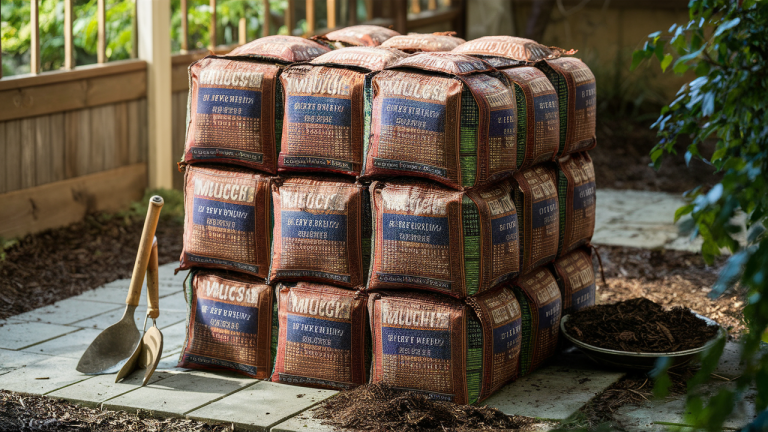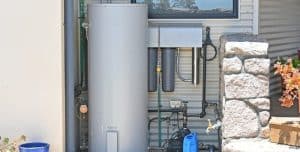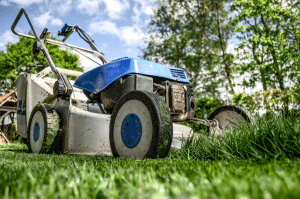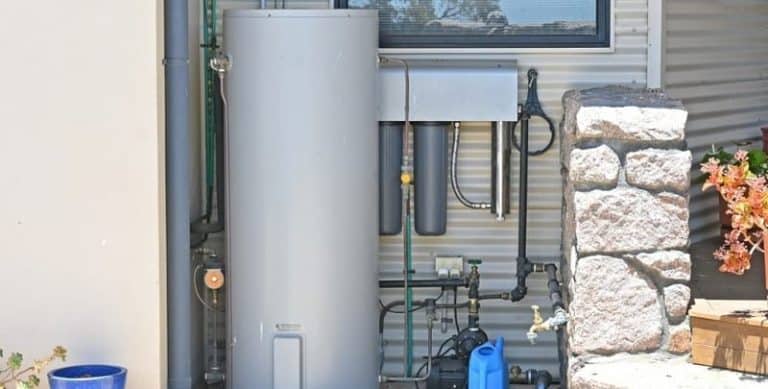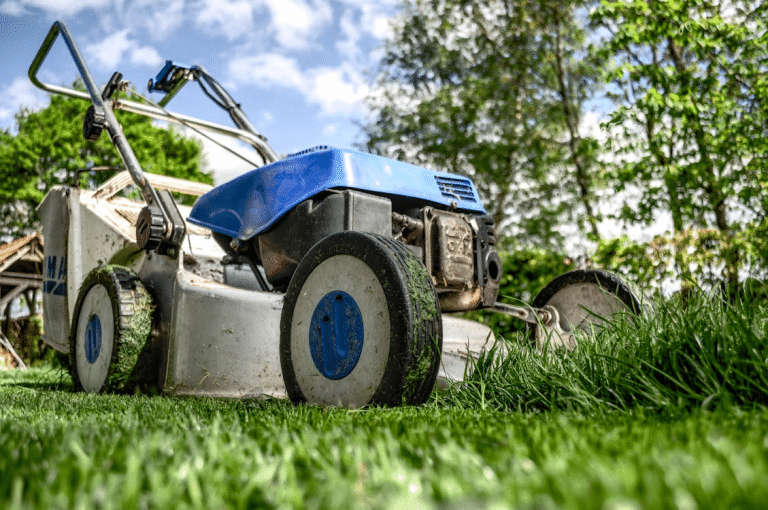Ever stood in a garden center wondering how many bags of mulch you actually need? I’ve been there too, and it’s frustrating. In this article, I’ll show you:
- How to calculate exactly how many bags equal a cubic yard
- A simple formula to measure your garden space
- How to decide between bags or bulk mulch
- Money-saving tips based on my 10+ years of gardening
No more guessing, no more wasted money, and no more extra trips to the store. I’ve made all the mistakes already, so you don’t have to!
I’ve refined this process through dozens of projects. The math is simpler than you think, and by the end of this article, you’ll shop for mulch with total confidence. Let’s solve your mulch measurement problems once and for all.
What Is a Cubic Yard?
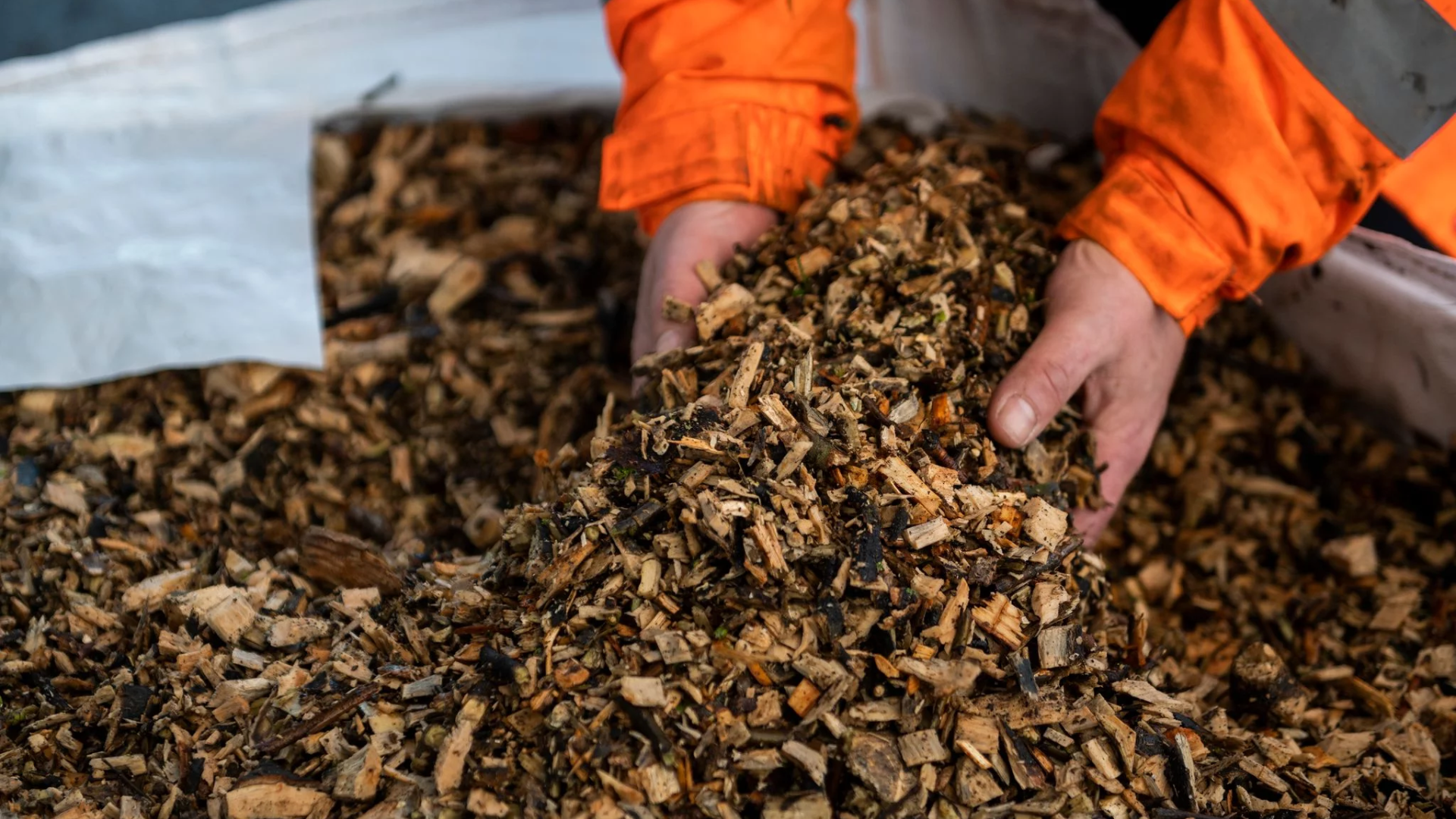
Let’s start with the basics. A cubic yard is a unit of volume that equals 3 feet × 3 feet × 3 feet. Think of it as a big cube that’s 3 feet on each side. When we discuss mulch, we’re always referring to volume, not weight or area. This is important because mulch is applied to the soil at a specific depth.
Key facts about a cubic yard:
- It equals 27 cubic feet (3 × 3 × 3)
- It’s the standard unit for buying bulk mulch
- It covers 324 square feet at 1 inch deep
- It covers 108 square feet at 3 inches deep
How Big Is a Bag of Mulch?
Not all mulch bags are created equal! This is what confused me when I first started gardening. Most stores sell mulch in three common sizes.
You’ll find 1 cubic foot bags, which are the smallest, 2 cubic foot bags, which are the medium size and most common, and 3 cubic foot bags, which are the largest. Please verify the bag label before proceeding with the calculation. The size should be clearly printed on the packaging, typically near the bottom.
Typical Weights
The weight of mulch bags varies based on the material and moisture content:
- 1 cubic foot bags usually weigh 20-30 pounds
- 2 cubic foot bags typically weigh 40-50 pounds
- 3 cubic foot bags can weigh 60-70 pounds
Back-saving tip: If you struggle with heavy lifting, opt for smaller bags, even if you need more of them.
The Quick Math Made Easy
Here’s the simple formula you need to remember: 1 cubic yard equals exactly 27 cubic feet. This makes converting between cubic yards and bags straightforward.
If you’re using 1 cubic foot bags, you’ll need 27 bags to equal 1 cubic yard. For 2 cubic foot bags, which are more common at most garden centers, you’ll need about 13-14 bags to make up a cubic yard. If you’re using the larger 3 cubic foot bags, you’ll need 9 bags to equal a cubic yard.
I’ve saved this information in a note on my phone so I don’t have to recalculate these numbers every time I visit the garden center. Having this quick reference has saved me countless headaches when shopping for mulch.
How Many Bags of Mulch in a Yard
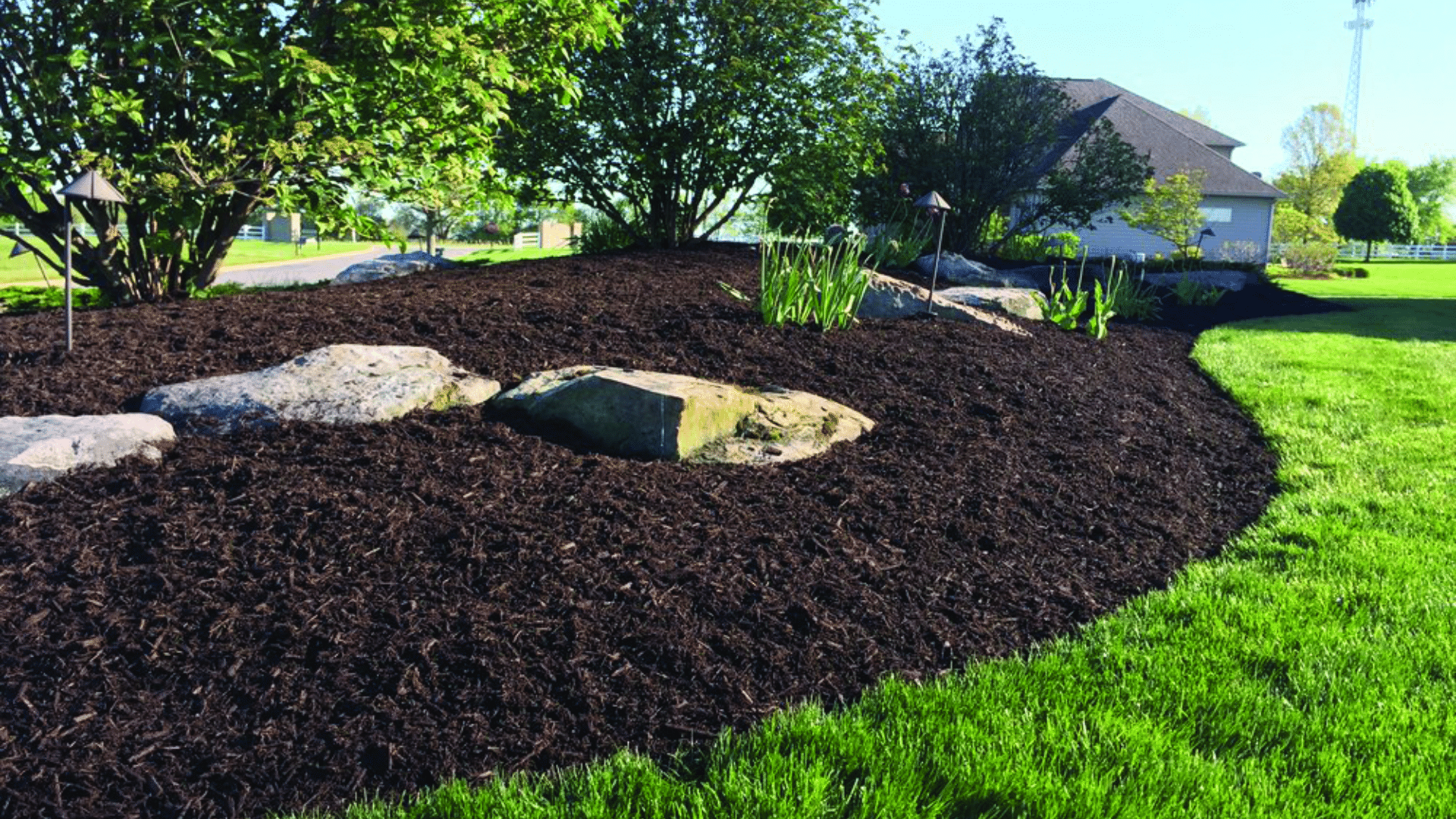
The basic conversion is:
- If using 1 cubic foot bags: 27 bags = 1 cubic yard
- If using 2 cubic foot bags: 13-14 bags = 1 cubic yard
- If using 3 cubic foot bags: 9 bags = 1 cubic yard
But what if your bags are a different size? No problem! Just divide 27 by your bag size:
- For 1.5 cubic foot bags: 27 ÷ 1.5 = 18 bags per cubic yard
- For 2.5 cubic foot bags: 27 ÷ 2.5 = 10.8 bags per cubic yard (round up to 11)
Understanding Coverage
One cubic yard of mulch will cover different areas depending on how deep you spread it.
At 1 inch deep, it covers an area of 324 square feet. If you spread it 2 inches deep, it covers 162 square feet. For a 3-inch depth, which is what I usually recommend, it covers 108 square feet. At 4 inches deep, which may be necessary for areas with aggressive weeds, it covers 81 square feet.
I created this small conversion guide and keep it on my phone for quick reference whenever I’m at the garden center!
Why This Matters
Getting the right amount matters for three big reasons:
- Cost – Buying too much wastes money, too little wastes time on extra trips
- Labor – Moving mulch is hard work; you don’t want to move more than needed
- Storage – Extra bags take up garage space and can start decomposing
Last spring, I miscalculated and bought 10 extra bags. They sat in my garage for months before I finally found a use for them. Learn from my mistake and get your numbers right the first time!
How to Measure Your Garden Space
Here’s my simple process:
- Measure the length and width of each garden bed in feet
- Multiply length × width to get square feet
- Decide on your mulch depth (I recommend 2-3 inches)
- Use this formula: (Square feet × Desired depth in inches) ÷ 324 = Cubic yards needed
Example: A 10′ × 10′ garden at 3 inches deep would need: (100 × 3) ÷ 324 = 0.93 cubic yards
Easy Example – Let’s Do It Together
Let me walk you through a real calculation I did for my side garden. I measured the space and found it was 15 feet long and 8 feet wide, and I wanted to add 2 inches of fresh mulch.
First, I calculated the square footage by multiplying length by width: 15 × 8 = 120 square feet. Next, I plugged this into our cubic yards formula: (120 square feet × 2 inches) ÷ 324 = 0.74 cubic yards. Since I was planning to use 2 cubic foot bags, I multiplied 0.74 cubic yards by 13.5 (the number of 2 cubic foot bags in a yard): 0.74 × 13.5 = 9.99, which rounds to 10 bags.
For my garden, measuring 15 by 8 feet with a 2-inch mulch depth, I needed exactly 10 bags of the 2 cubic foot size. The calculation took me less than a minute, and I got exactly what I needed on the first trip to the garden center.
Bulk or Bags? What’s Smarter?
I’ve tried both options over the years, and each has clear advantages. Here’s a straightforward comparison to help you decide:
| Comparison Factor | Bagged Mulch | Bulk Mulch |
|---|---|---|
| Best for garden size | Small gardens ( | Larger gardens (>1 cubic yard) |
| Transportation needed | Personal vehicle is fine | Truck, trailer, or delivery |
| Convenience | Easy to transport and store | Requires space for a large pile |
| Project timeline | Can spread work over weekends | Best used within 1-2 weeks |
| Access issues | Can carry through tight spaces | Needs direct access for delivery |
| Cost difference | More expensive per cubic yard | 30-40% cheaper per cubic yard |
| Storage | Easy to stack and store extras | Takes up significant space |
| Environmental impact | Creates plastic waste | Reduces packaging waste |
After comparing the facts, I switched to bulk once my garden projects exceeded 2 cubic yards. The savings were significant – nearly $150 on my last big project! Additionally, I didn’t have to deal with disposing of over 40 plastic bags.
Real cost example: My last project needed 3 cubic yards. Bagged (at $5 per 2-cubic-foot bag) would have cost $202.50 for 41 bags, while bulk delivery would have cost $135 total – a savings of $67.50.
Extra Tips Before You Go Shopping
- Always buy 10% extra – there are always spots that need more than you planned
- Consider mulch type – cedar and pine bark last longer than economy mulches
- Check for sales – spring and fall often have great deals on mulch
- Look at delivery costs – sometimes free delivery makes bulk the clear winner
- Remember that mulch settles – what looks perfect today will be thinner in a month
I once bought exactly what I calculated and came up short – now I always add that extra 10%!
Conclusion
Now you know the exact math: one cubic yard equals 27 one-cubic-foot bags, 13-14 two-cubic-foot bags, or 9 three-cubic-foot bags. This simple knowledge will save you time, money, and stress on your next garden project. I’ve used these calculations for years, and they’ve never let me down.
Remember three key points: measure your space carefully, choose the right depth for your plants (usually 2-3 inches), and always buy that extra 10%. Whether you decide on bags for convenience or bulk for savings depends on your specific needs and garden size.
No more confusion at the garden center! With these tips, you can confidently get the right amount of mulch the first time and focus on what really matters – creating that beautiful garden you’ve been planning.
Frequently Asked Questions
What Happens if I Put Too Much Mulch Around My Plants?
Too much mulch (over 4 inches) can suffocate roots and cause stem rot. It also prevents water from reaching the soil properly.
Can I Mix Different Types of Mulch?
Yes, mixing mulches can combine benefits, such as the longevity of pine bark with the nutrients of compost. Ensure that all components are fully composted to prevent nitrogen competition.
How Often Should I Replace My Garden Mulch?
Most mulches need refreshing annually as they break down and thin out over time. Cedar and cypress last longer (1-2 years) than pine straw or hardwood (6-12 months).
Does Colored Mulch Harm Plants or Soil?
Quality colored mulch uses vegetable-based dyes that are safe for plants and soil. Avoid using cheap, colored mulch, as it may contain harmful chemicals or treated wood waste.


